The fourth month of pregnancy
Congratulations! The first trimester of pregnancy is over and the second trimester begins with the 13th week of pregnancy. The fourth month itself covers the 13th to 16th week of pregnancy. Early pregnancy symptoms like nausea almost completely disappear, the risk of miscarriage decreases, you feel more energetic again and your belly finally starts to grow. If it hasn’t happened yet, now is the time to share the great news with family and friends.
Developmental stage of the baby between the 13th and 16th week of pregnancy
The fetus continues to grow between the 13th and 16th week of pregnancy. At the end of the 4th month of pregnancy, it is between 10 and 12cm tall and weighs about 90 grams. This is comparable to an avocado. The body proportions continue to form from week to week: The torso, arms and legs grow, while the head now increases in size somewhat more slowly in proportion. All the important organs are already formed during this time and the liver, heart and kidneys in particular are increasingly getting ready for life outside the uterus. By the end of the 4th month of pregnancy, the body is completely covered by the lanugo hair as well as cheese goo.
The lanugo is a protection for the unborn baby’s skin and the cheesemere describes an oily substance produced by the hair’s sebaceous glands. The lanugo hair helps the cheese goo stick to the body. This protects the skin from being softened by the amniotic fluid. As the cheesy gland develops, the lanugo hair is an important part of the fetus’ skin and serves to protect it from vibration, sound and pressure.
Your baby is also beginning to perceive touch, sounds and voices. The placenta – also called the placenta – has now matured to full function and provides oxygen and nutrition to the fetus. Some pregnant women can even feel their baby’s movements for the first time at the end of the 4th month of pregnancy.
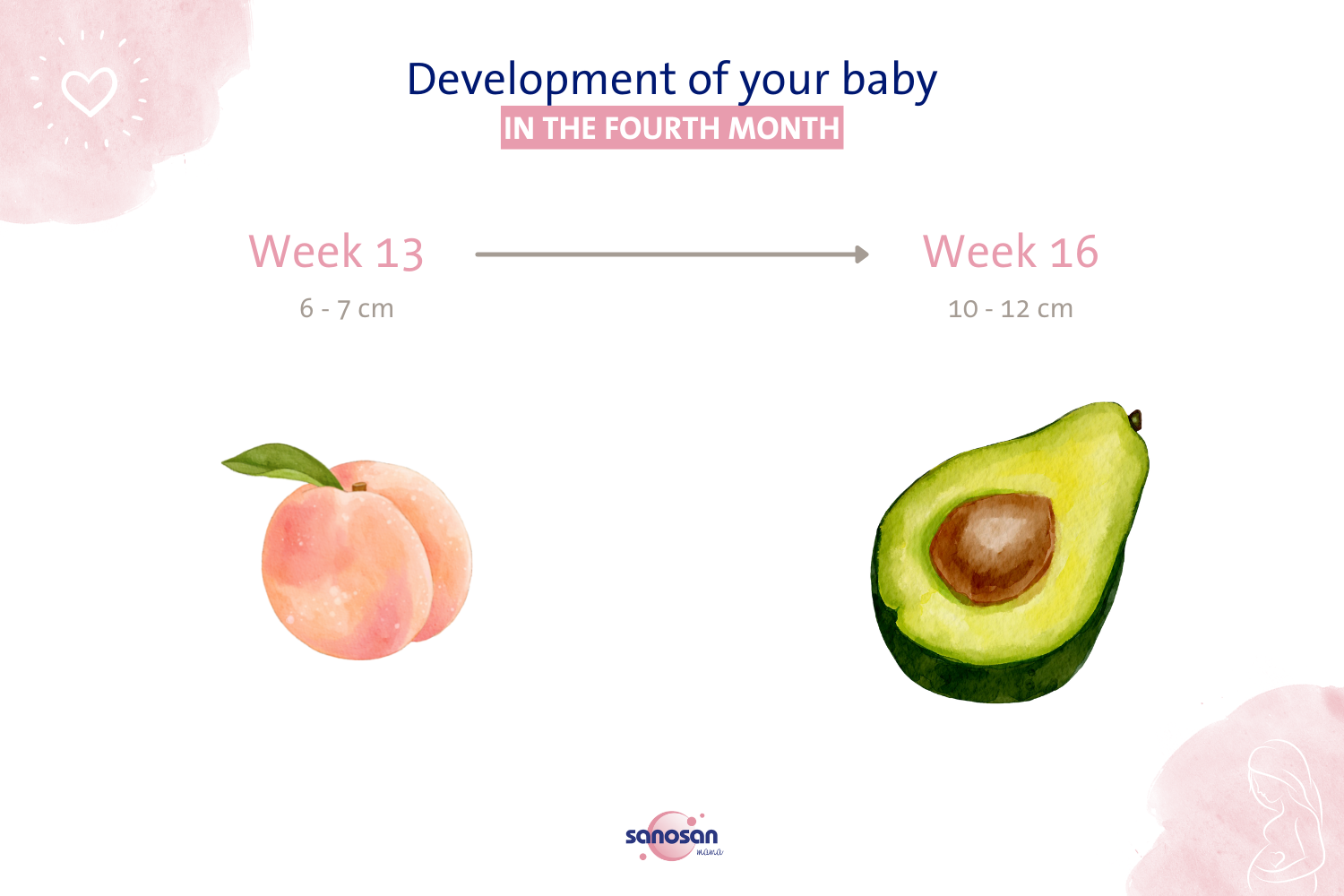
Symptoms and physical changes of the Mom-to-be
Probably one of the most common pregnancy symptoms in the 1st trimester, morning sickness, often ends suddenly at the beginning of the 13th week of pregnancy. If morning sickness persists, you should talk to your gynecologist about it. Energy and the desire to be active also return abruptly. Moderate sports or lots of exercise in the fresh air clear your head, lift your mood and prepare you perfectly for the birth. Our article Sport during and after pregnancy explains in more detail why regular exercise is important during pregnancy.
The weight gain due to pregnancy is about 1.5 to 2.5 kilos in the 4th SSM. Due to the growing uterus, it now becomes difficult to continue to hide the pregnancy, as this causes the belly to grow more and more. The uterus also demands more space inside the body, often causing a slight pulling or pinching sensation in the lower abdomen. By wearing light and comfortable pants, you can relieve the abdominal area and reduce the uncomfortable feeling.
Some women start to experience stretch marks, which can be reduced by massages and proper care, such as regular use of a Stretch Mark Fader.
The gender is recognizable 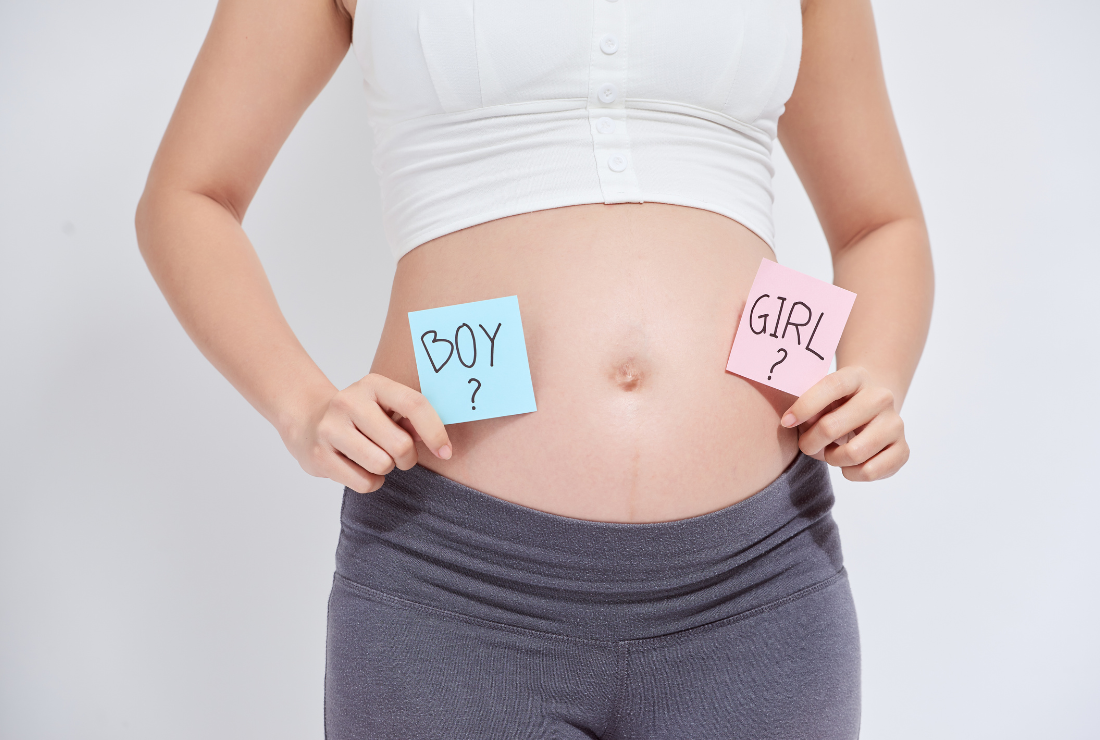
From the 13th week of pregnancy, it is possible to identify the sex of your baby during an ultrasound scan. However, it depends on how the baby lies or moves and whether it shows its genitals so that the sex can be determined.
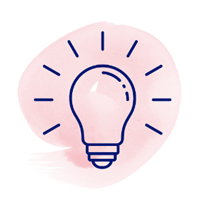
If you would like to know your sex for sure, the so-called NIPT (non-invasive prenatal test) can be used to determine your sex from the 12th week of pregnancy using a blood sample.
The placenta
Did you know that a new organ develops in a woman’s body during pregnancy?
The placenta (also called the placenta) develops from the germinal vesicle, which is formed when the egg is fertilized. The germinal vesicle normally nests on the posterior wall of the uterus and supplies the fetus with vital substances during pregnancy. It also produces hormones that are essential for maintaining the pregnancy. The fetus and the placenta are connected by the umbilical cord. The placenta also contains, among other things, the blood vessels of the unborn child and the exchange of nutrients and waste products takes place through the so-called placental barrier. The placenta is crossed by 80 to 100 blood vessels and has a diameter of about 20 cm and weighs about 500 grams at the end of pregnancy.
The organ is expelled again with the so-called afterbirth. In this last phase of delivery, you are already holding your newborn in your arms and the umbilical cord has probably already been cut. The postpartum contractions that then begin cause the placenta to detach from the uterine wall. The placenta is then examined by a doctor, as it is important to expel the complete organ. If desired, the placenta may be taken home or it will be disposed of by the hospital.
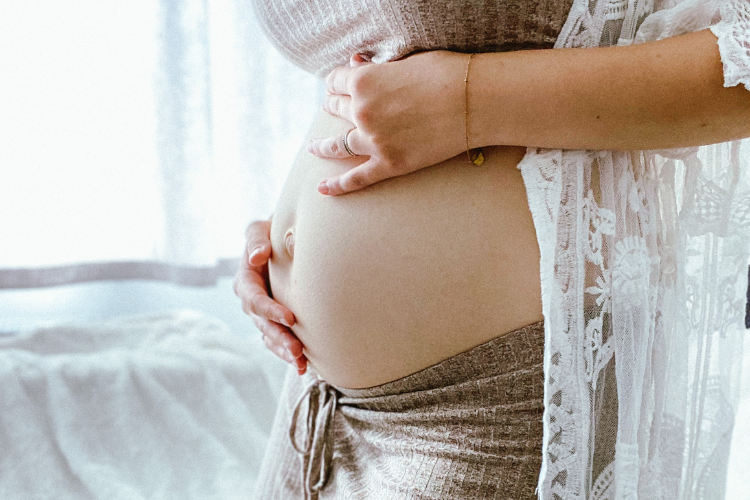
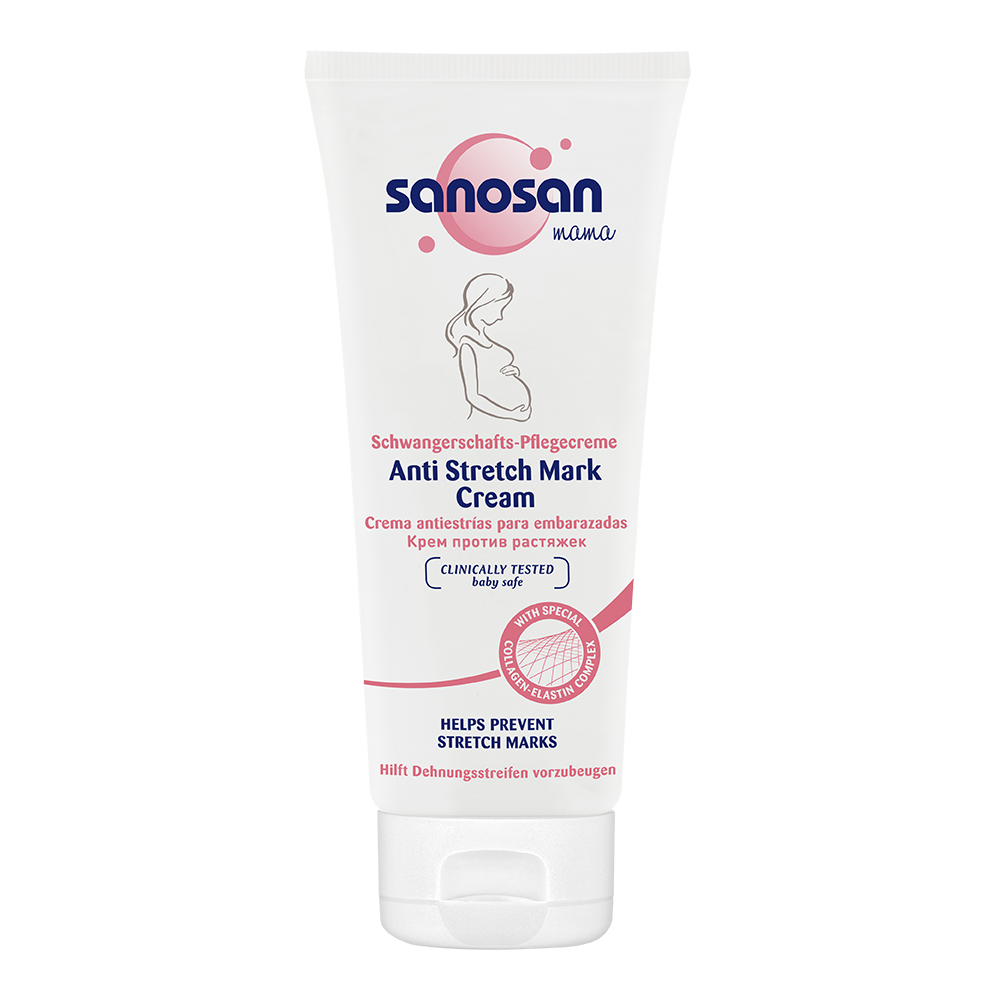
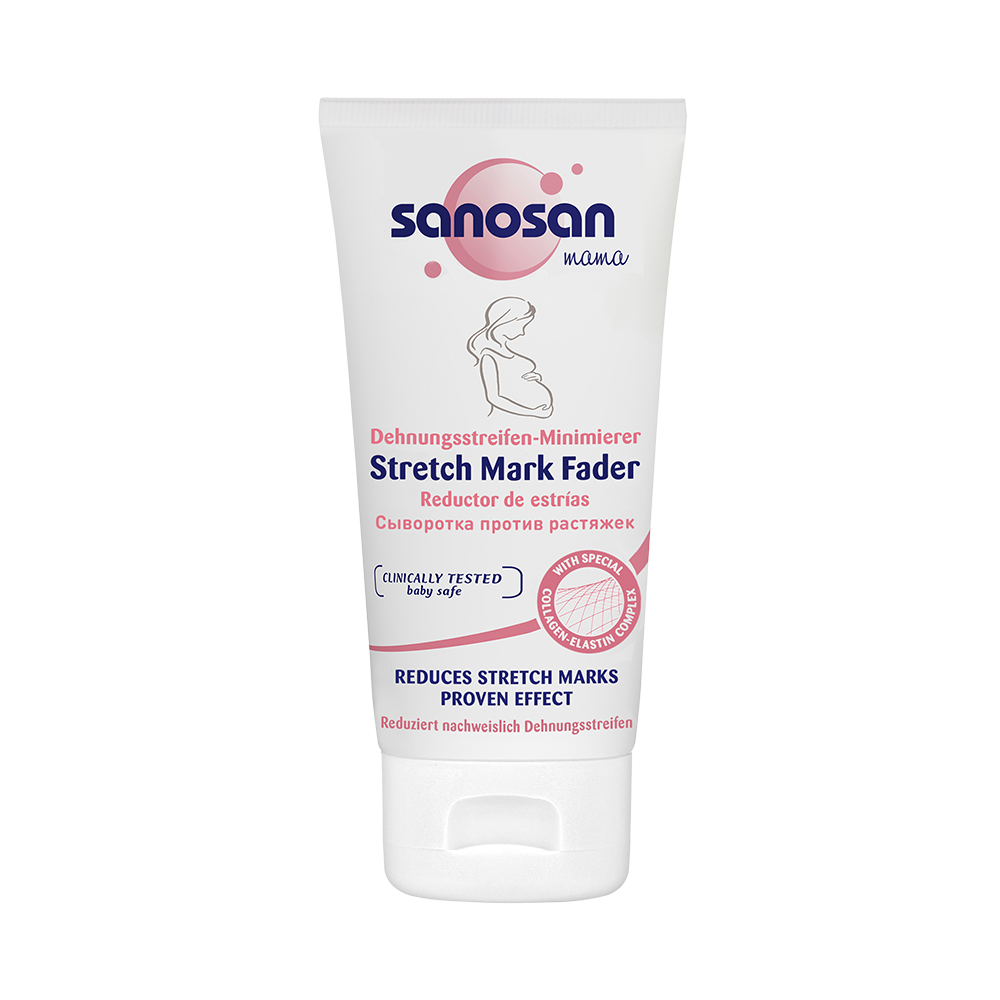
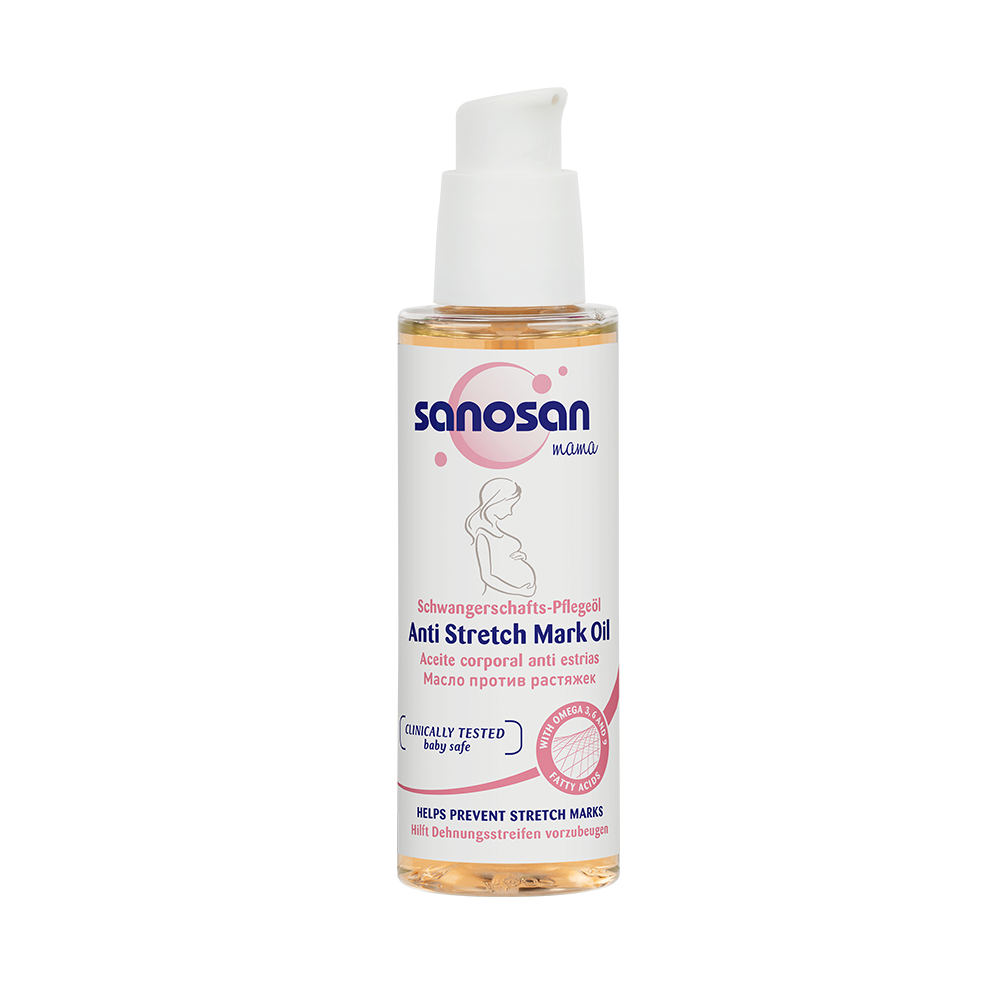
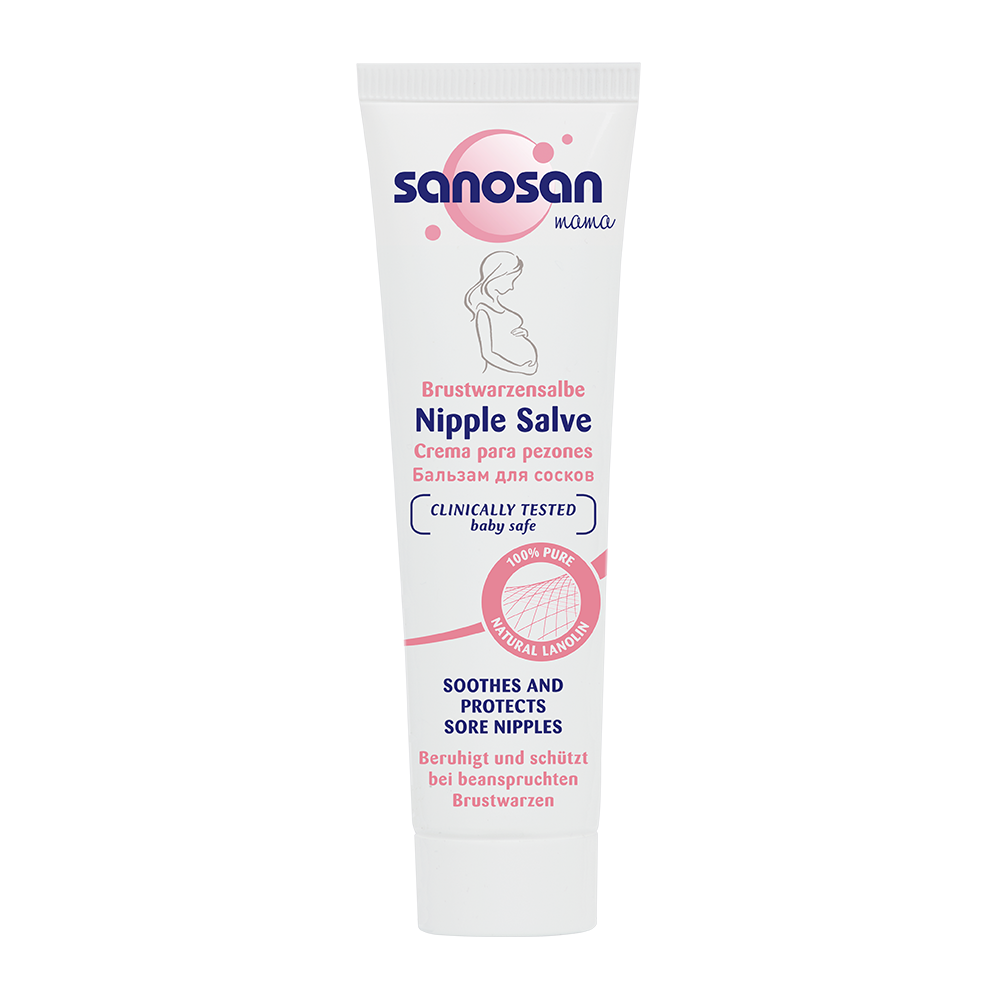
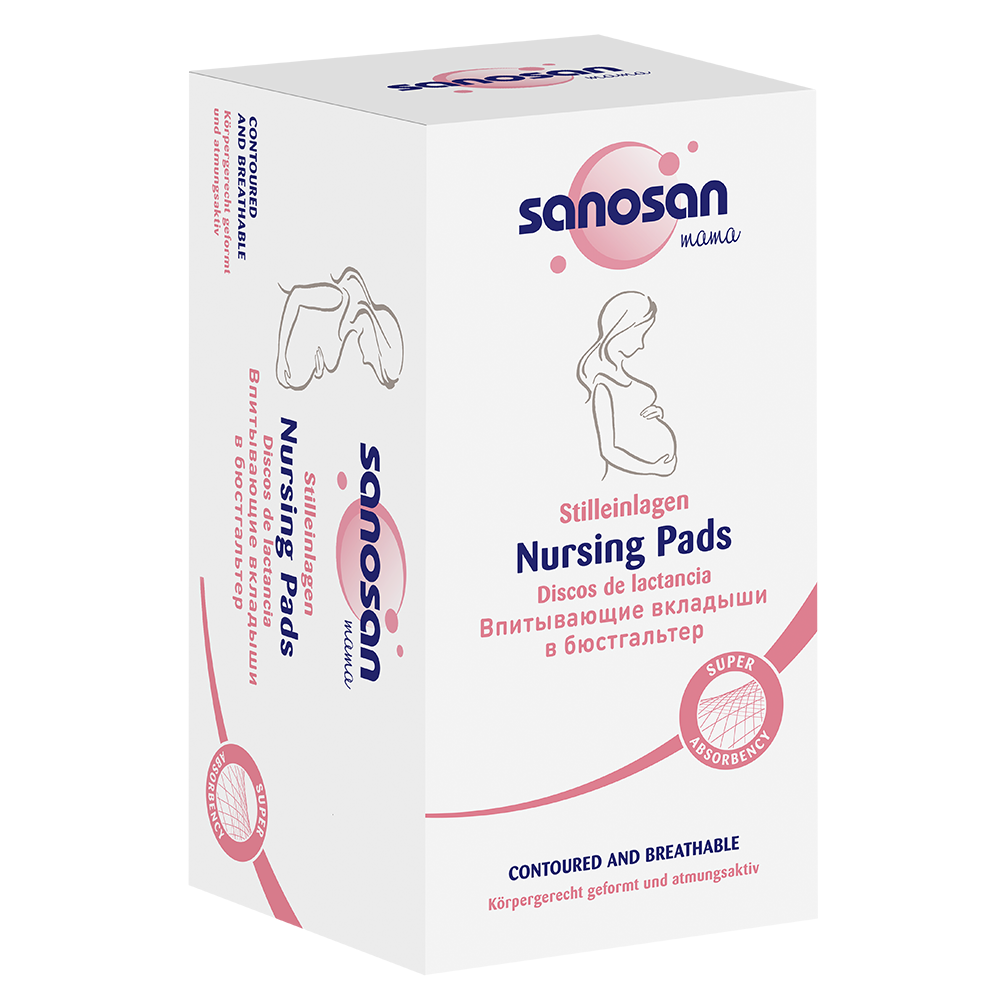
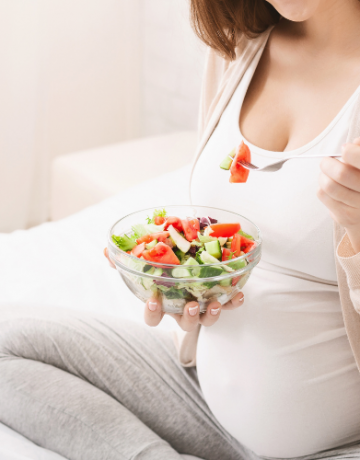
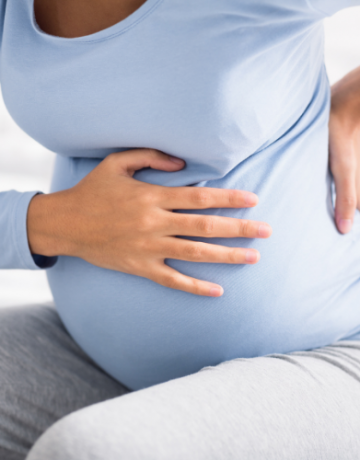
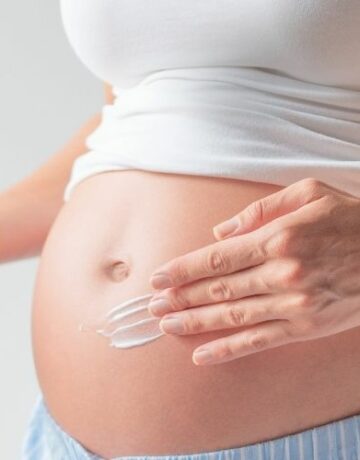
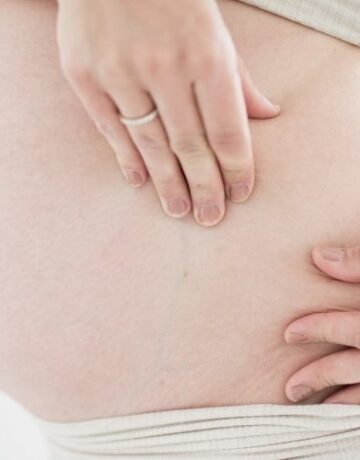

Comments (0)